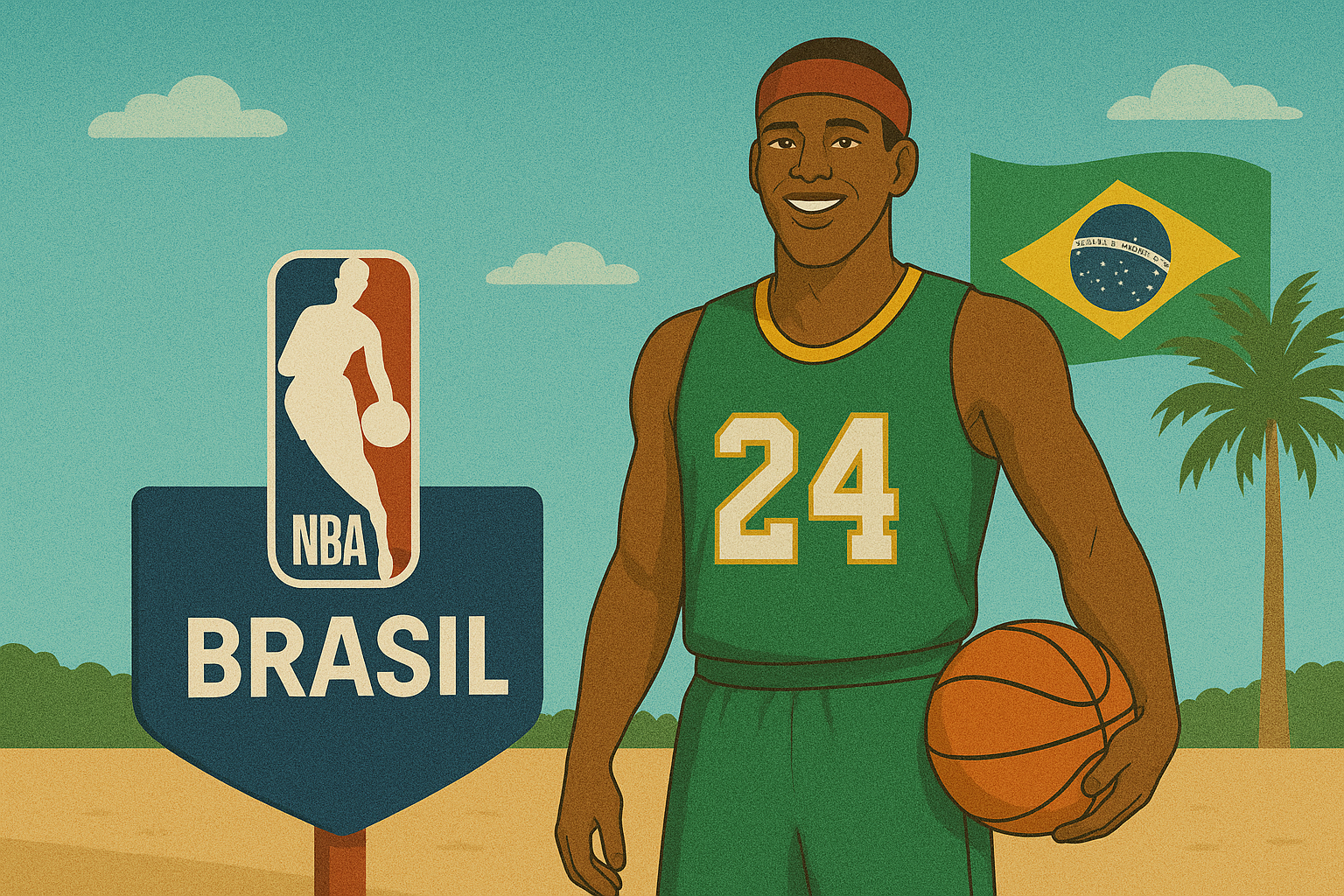Derby Day: The Kentucky Derby Rides Again
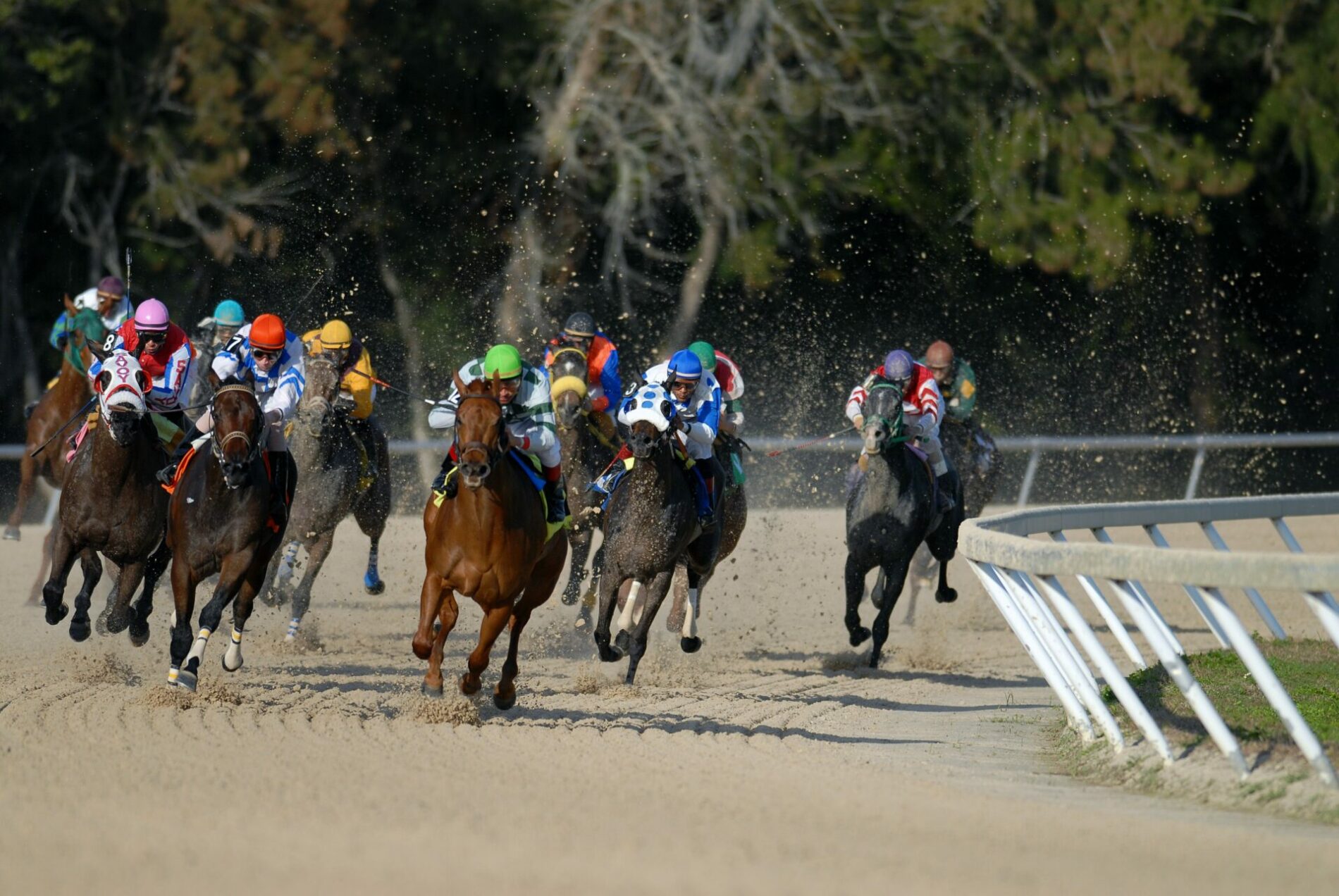
Horse racing lacks the patterns of the customary behemoths of the United States’ sports scene. It doesn’t have the grind of a regular season, or the excitement of a playoff tournament. It doesn’t even stay in the conversation with major events throughout the year, like tennis. Its biggest three events, the Triple Crown, all take place in the span of a few weeks in spring. But what it may seem to lack in staying in the conversation is more than made up for in name recognition and tradition.
That was borne out again this past weekend, as the Kentucky Derby, the first race of the Triple Crown, became the most-watched sporting event in the United States since the Super Bowl. Its television ratings were slightly down from last year, when it reached a record 16 million viewers, but that hasn’t diminished from the excitement around the event. The unique blend of tradition, capped by a race that takes all of two minutes, unique within the sphere of American sports and is something to be lauded as it continues to evolve.
An ongoing modernisation
As we have covered in other events, the importance of streaming is simply inescapable, and while the television ratings of the race may have dipped slightly, NBC reported at 50% increase in streaming views. The network also announced the race as being the most-streamed horse racing event in history, furthering the idea that even for an audience that tends to be older and more suburban, the desire to watch live sports in non-traditional ways remains important.
In addition to streaming, as we have discussed in other articles on the site, the importance of acknowledging the changing demographics of the United States is also important. To that end, NBC used their Telemundo network to broadcast the race itself, as well as pre- and post-event coverage in Spanish for the first time ever. This nod to the country’s growing Latino population is important, as it also acknowledges a move away from tradition in a sport that is strongly associated with being largely white.
The overhead view makes Rich Strike’s comeback for the upset @KentuckyDerby win look even more incredible. 😮 #KyDerby | @ChurchillDowns pic.twitter.com/iDfkGVZS0O
— NBC Sports (@NBCSports) May 8, 2022
The network also made sure to bring back the same aerial camera shot that made the dramatic finish of last year’s race so popular, becoming a viral sensation on social media. Innovations in broadcast technology have been key to attracting and keeping viewers, something we made note of in our analysis of the Super Bowl.
Thus, by innovating across technology, language, and delivery, NBC and the Kentucky Derby have continued to look to the future. These moves may seem like a given, but for a sport so steeped in tradition, they underscore that change is inevitable and that this sort of adaptability is a lesson from which any sport or broadcaster can learn.
Other News

Paul Pogba at AS Monaco: A Powerful Driver of Engagement and Brand Value
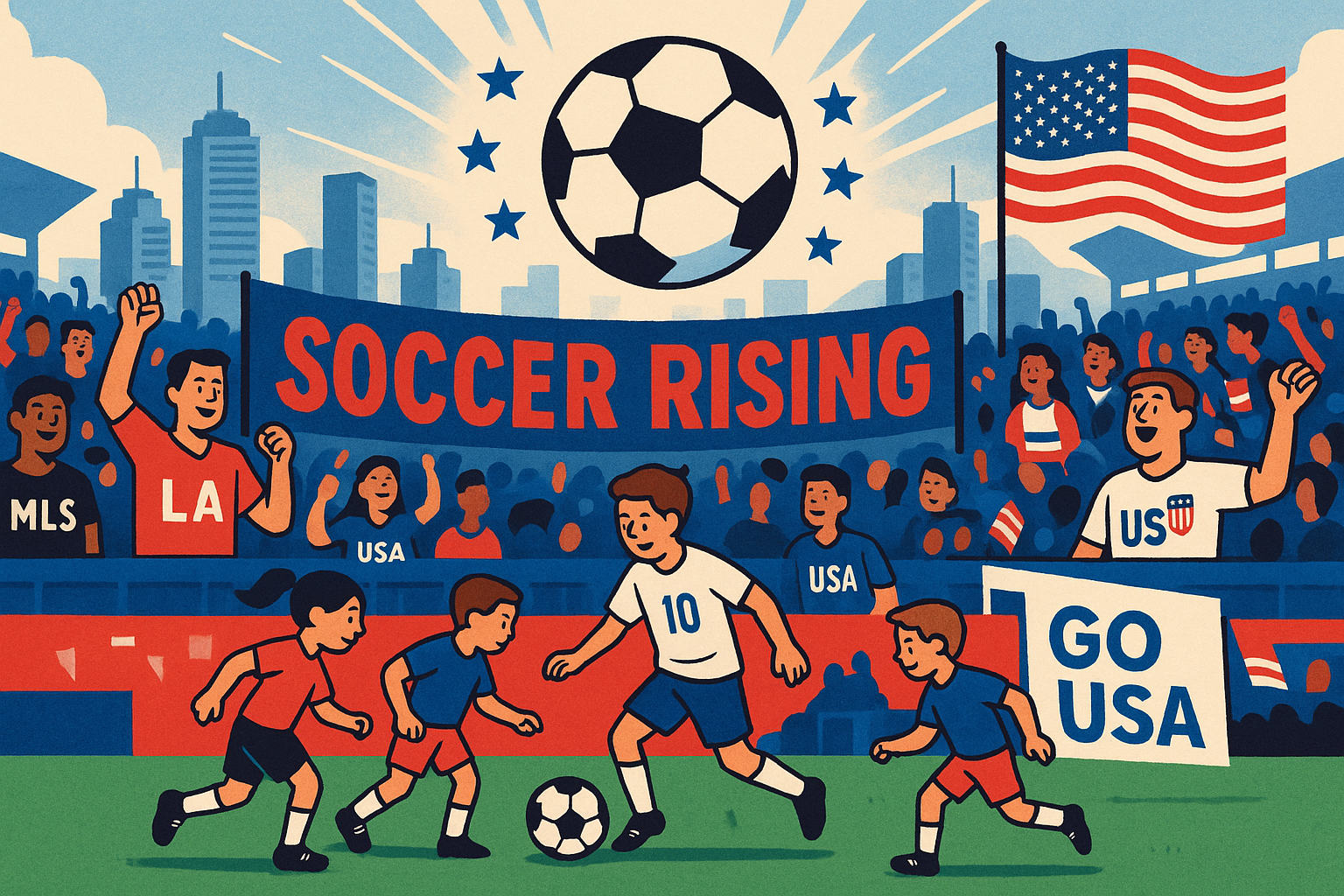
The 2026 World Cup: American Soccer Enters a New Era
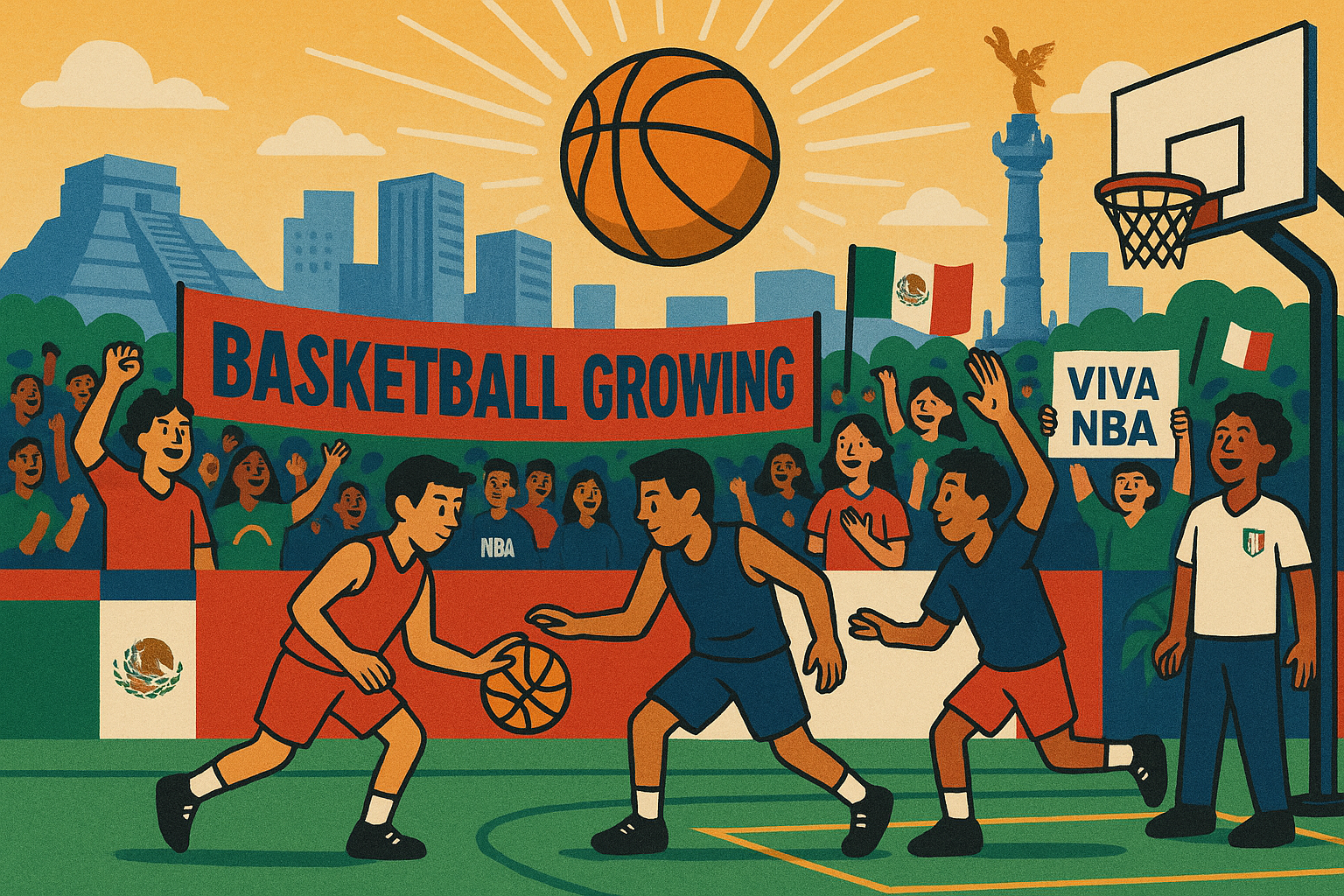
How Mexico Became the NBA’s Most Promising International Market
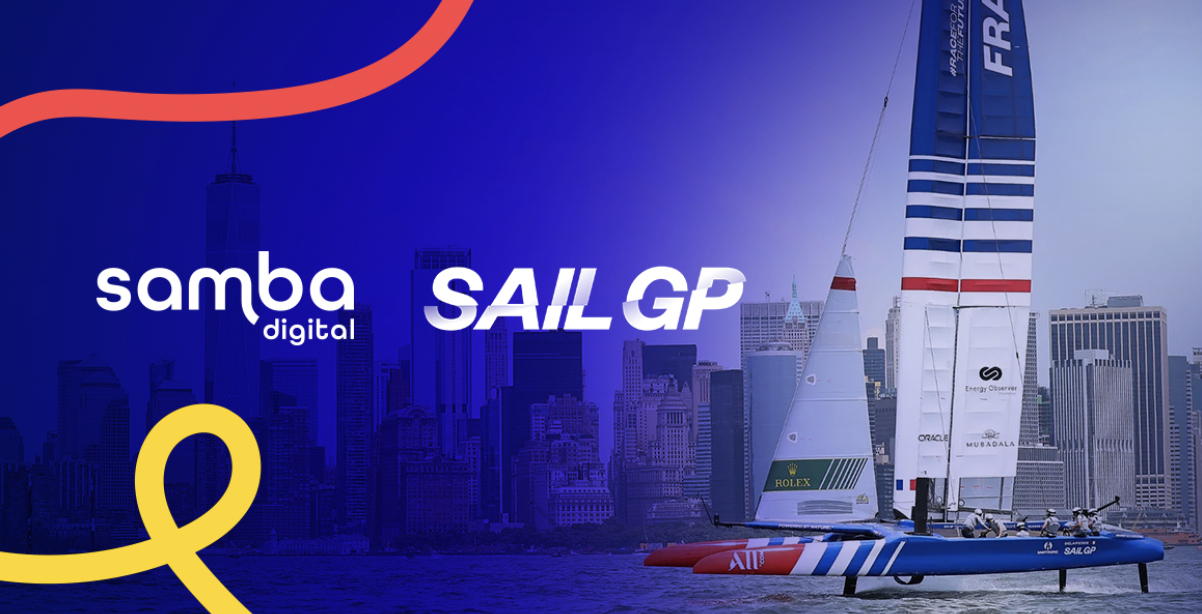
Samba Digital teams up with SailGP to strengthen its visibility through influence

Iron Heads join forces with Samba Digital to expand their global footprint
